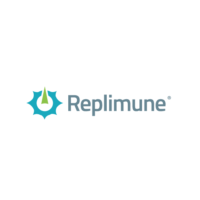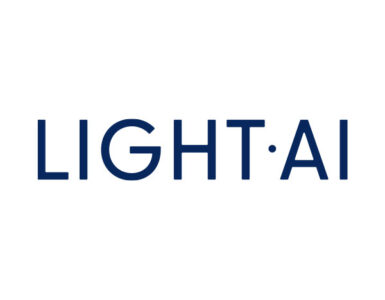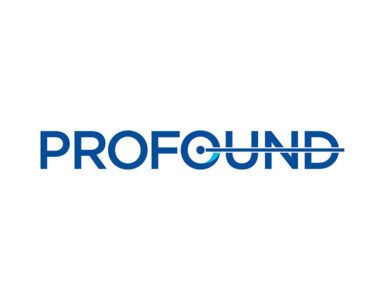
Analysts for Leerink and JP Morgan initiated coverage for Replimune (NASDAQ:REPL) with “outperform” and “overweight” ratings, respectively. Leerink set its price target at $25 and JP Morgan at $26 for December 2019.
Shares of Replimune closed at $17.10 on August 13.
Replimune is developing oncolytic viruses for the treatment of cancer. Its oncolytic virus platform is based on an engineered strain of herpes simplex virus 1 that has been “armed” to increase anti-tumor activity.
“Replimune’s approach aims to improve on Amgen’s approved T-Vec (talimogene laherparepvec, Imlygic),” writes analyst Jonathan Chang of Leerink.
The company’s lead program, RP1, is currently in a Phase 1/2 solid tumor study. The Phase 2 portion of the study, which is scheduled to begin in the first half of 2019, will evaluate RP1 in combination with Opdivo in melanoma, non-melanoma skin cancers, bladder cancer, and microsatellite instability high cancers.
Replimune also is planning to initiate in the first half of 2019 a Phase 2 study of RP1 plus cemiplimab versus cemiplimab alone in about 240 patients with cutaneous squamous cell carcinoma (CSCC).
“While Replimune is still in the early stages of clinical development, we have a positive long-term view on the stock because of the company’s experienced management team, clear clinical strategy moving into combination trials and potential broad applicability to injectable tumors,” Mr. Chang said.
“We also believe that Replimune has a lower risk profile, compared with other oncolytic virus companies, because its approach is similar to the clinically validated T-Vec approach, and, in fact, is being led by the same team that developed T-Vec,” he added.
Analyst Anupam Rama of JP Morgan writes that RP1 is a “pipeline within a product with multiple shots on goal.”
The ongoing Phase 1 portion of the Phase 1/2 trial will read out in the first half of 2019 and, in the first approximately 16 patients, RP1 has been shown to be safe as a monotherapy, he added.
“In our view, the strongest support for RP1 plus nivolumab combination comes from existing data for first-generation T-Vec plus immuno-oncology therapies, which show additive benefit relative to T-Vec alone,” Mr. Rama said.
“Our model includes expansion indications currently as ‘platform value’ given early-stage and limited data to date,” he added.
Mr. Rama said he views RP1 in CSCC as a “high-probability shot on goal.” He views CSCC as an unmet need indication, given no approved therapies. While cemiplimab should be approved in October 2018, “we would note there is room to improve on both objective response rate and complete response based on known data.”






